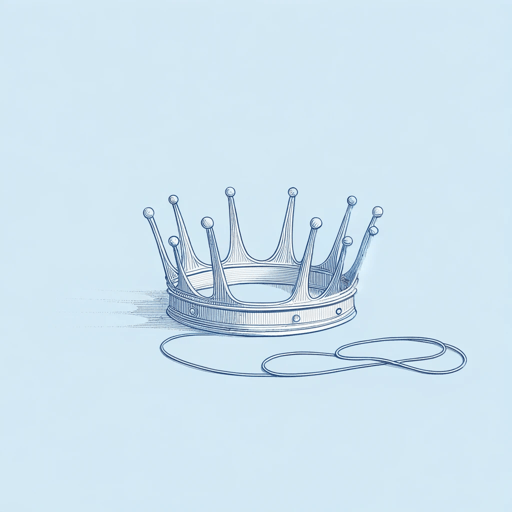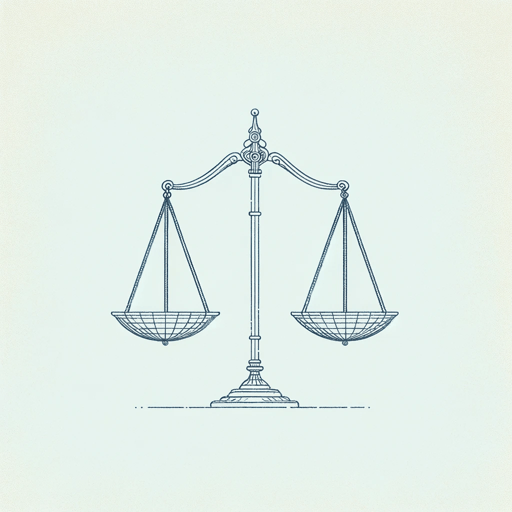19 pages • 38 minutes read
William ShakespeareSonnet 130
Fiction | Poem | Adult | Published in 1609A modern alternative to SparkNotes and CliffsNotes, SuperSummary offers high-quality Study Guides with detailed chapter summaries and analysis of major themes, characters, and more.
Summary and Study Guide
Overview
William Shakespeare is the author of “Sonnet 130.” The sonnet is one of 154 sonnets that Shakespeare published in 1609 under the title Shakes-spears Sonnets. The first 126 sonnets address a young man, while Sonnets 127-152 focus on a mysterious woman. As with “Sonnet 130,” the sonnets about the enigmatic woman concern ideas of love and beauty and directly undercut typical representations of both. Thus, “Sonnet 130” is satire; it makes fun of how adored women regularly come across in poems—particularly in the sonnets of the Italian poet Petrarch. Typical romanticized depictions of women inform the poem, which is why the speaker purposefully negates them.
At the same time, the sonnet is a sincere love poem: The speaker sends the message that he truly loves his mistress because he can’t compare her to stereotypically beautiful things.
Due to its blunt departure from standard tropes, “Sonnet 130” is one of Shakespeare’s better-known sonnets. (Many of Shakespeare’s sonnets are famous to some degree; the author is so famous that the form of his sonnets bear his name: Shakespearean sonnets.) Shakespeare also wrote a bevy of canonized plays, including Romeo and Juliet (1597) and Hamlet (1603). People continue to perform his plays and turn them into movies. Shakespeare is perhaps the most recognizable English author of all time. In Uncontested Will (2010), the Shakespearean scholar James Shapiro tells how many people regard Shakespeare not as human but as a “literary deity” (28) or a god.
Poet Biography
William Shakespeare left behind no letters, personal writings, or drafts of his work, so, as James Shapiro writes in Contested Will, a detailed biography of Shakespeare is a “lost cause” (51). What’s known about Shakespeare comes via legal documents and other official records. He was born into a working-class English family in Stratford. According to local church records, his family baptized him on April 26, 1564. Shakespeare had seven siblings and likely attended a grueling grammar school but didn’t go to a college or university. At 18, he married Anne Hathaway. She was 26, and the couple had three children: two daughters and a son, Hamnet, who died before growing up.
Between 1585 and 1592, Shakespeare likely went to London and became a notable dramatist, as his visibility made him a target of other playwrights, like Robert Greene. He lampooned Shakespeare in his 1592 pamphlet Greene’s Groatsworth of Wit. In 1597, Shakespeare returned to Stratford and bought a house. One year later, he acquired a 10% share in The Globe—the theater where his now canonized plays took the stage. In 1609, Shakespeare published his collection of sonnets. On April 16, 1616, Shakespeare died. In his will, he infamously left Hathaway his “second best bed” (Shapiro, 9).
The lack of first-hand documents from Shakespeare has led to an authorship controversy. Several people—Mark Twain, Helen Keller, and Supreme Court Justice Antonin Scalia, among them—believe Shakespeare was likely someone other than Shakespeare. The skeptics doubt that a working-class person with a limited education could produce such a prolific, erudite body of work. They think William Shakespeare was the pseudonym for the aristocratic thinker Francis Bacon or the 17th Earl of Oxford Edward de Vere or maybe even Queen Elizabeth I. While the authorship question tends to attract attention, it shouldn’t distract from the work and the staying power of the plays and sonnets, including “Sonnet 130.”
Poem Text
My mistress’ eyes are nothing like the sun;
Coral is far more red than her lips’ red;
If snow be white, why then her breasts are dun;
If hairs be wires, black wires grow on her head.
I have seen roses damasked, red and white,
But no such roses see I in her cheeks;
And in some perfumes is there more delight
Than in the breath that from my mistress reeks.
I love to hear her speak, yet well I know
That music hath a far more pleasing sound;
I grant I never saw a goddess go;
My mistress, when she walks, treads on the ground.
And yet, by heaven, I think my love as rare
As any she belied with false compare.
Shakespeare, William. “Sonnet 130.” 1609. Poetry Foundation.
Summary
The poem is about the speaker’s mistress or a romantic partner who’s not his wife. The speaker creates a keenly realistic portrait of his lover and describes how she looks, smells, talks, and walks.
He says her “eyes are nothing like the sun” (Line 1), so they don’t shine bright. Her lips aren’t red, and “her breasts are dun” (Line 3) or greyish instead of white. He then compares her hair to “black wires” (Line 4) and admits that her cheeks aren’t the color of roses.
The speaker’s mistress doesn’t smell like “perfumes” (Line 7) as her breath “reeks” (Line 8). As for her voice, the speaker says, “I love to hear her speak” (Line 9); however, when she talks, she doesn’t make a “pleasing sound” like “music” (Line 10). The speaker doesn’t think of his romantic partner as symbolizing some kind of womanly ideal. He says, “I grant I never saw a goddess go” (Line 11). His mistress is a person, so she “treads on the ground” (Line 12).
The speaker admits that his portrayal of his beloved might come across as unflattering or coarsely ordinary. Yet the speaker’s love for his partner is “rare” (Line 13), so, as it turns out, he’s not disparaging her because he’s telling the truth about their singular relationship. He’s not polluting their uncommon bond with “false compare” (Line 14) or inaccurate comparisons.
Related Titles
By William Shakespeare

All's Well That Ends Well
William Shakespeare

A Midsummer Night's Dream
William Shakespeare

Antony and Cleopatra
William Shakespeare

As You Like It
William Shakespeare

Coriolanus
William Shakespeare

Cymbeline
William Shakespeare

Hamlet
William Shakespeare

Henry IV, Part 1
William Shakespeare

Henry IV, Part 2
William Shakespeare

Henry V
William Shakespeare

Henry VIII
William Shakespeare

Henry VI, Part 1
William Shakespeare

Henry VI, Part 3
William Shakespeare

Julius Caesar
William Shakespeare

King John
William Shakespeare

King Lear
William Shakespeare

Love's Labour's Lost
William Shakespeare

Macbeth
William Shakespeare

Measure For Measure
William Shakespeare

Much Ado About Nothing
William Shakespeare

